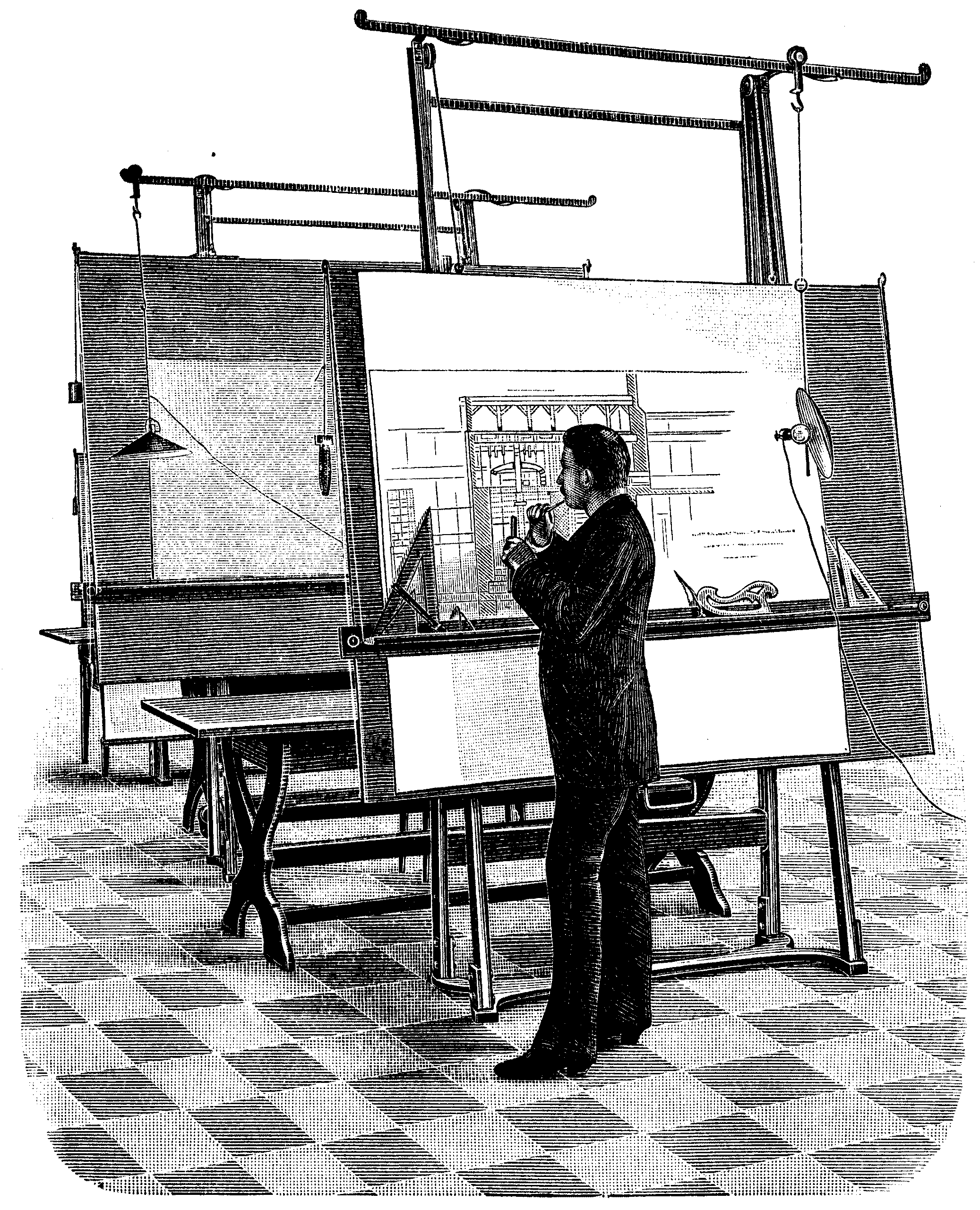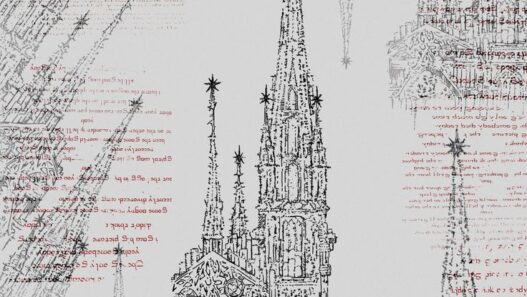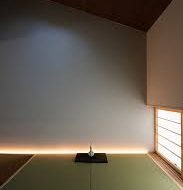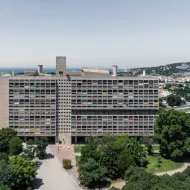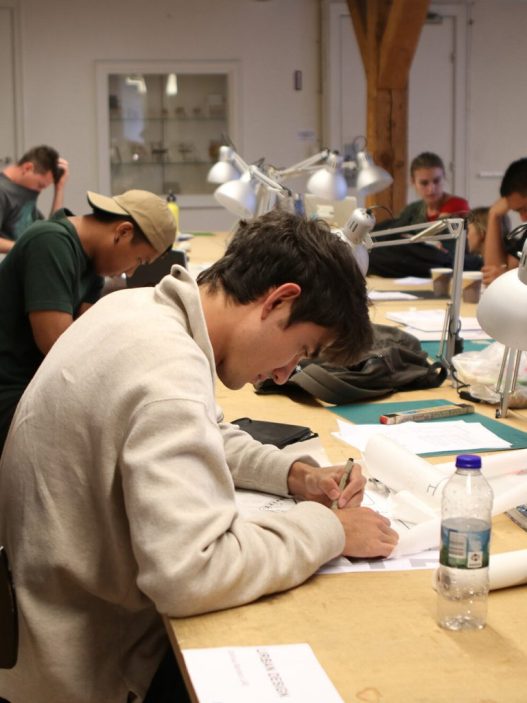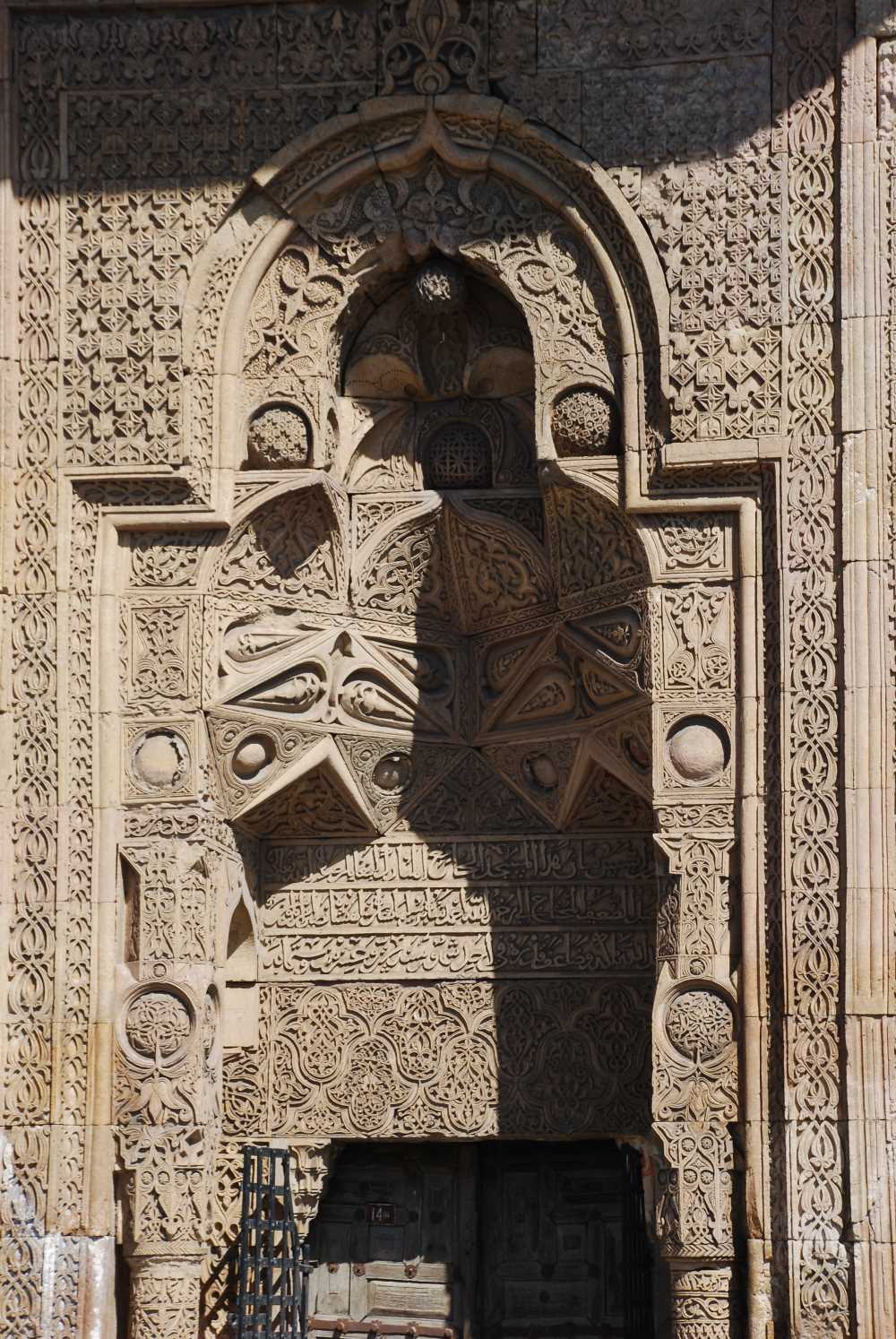This article is an independent version of the article published in this issue of DOK Architecture Magazine. You can access the entire magazine via this link:
Movements do not begin with aesthetics. They begin with absence.
Every period in architecture is a reaction.
Not to beauty.
To something that is lost.
What is missing?
What did not exist at the beginning?
Or what ultimately loses its function?
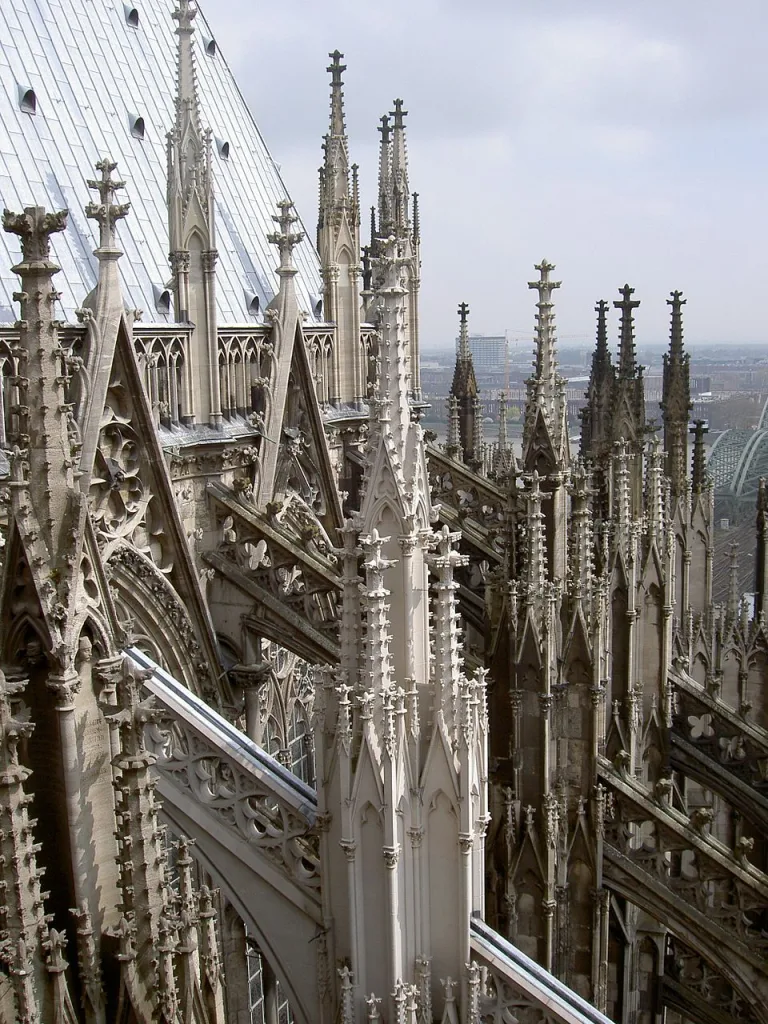
The ornate buttresses of Cologne Cathedral (1248–1573)
These questions are more important than form, because architecture is not a frozen sculpture.
Architecture is a living, breathing context.
It responds. It adapts. It responds to needs.
It is not something that exists on the pages of architectural theory. Architecture exists in the daily friction of human life: a cold apartment, a broken staircase, sunlight in the wrong place, a city so narrow you can’t breathe.
Every period of design, such as “Gothic, Brutalist, Modernist, Postmodern,” did not emerge from a style book, but from a void.
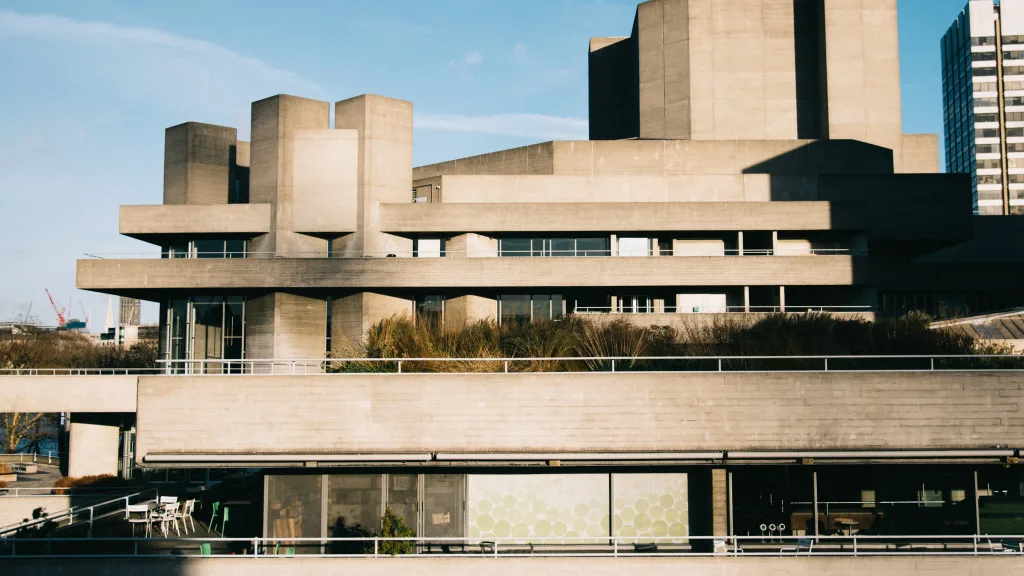
Royal National Theatre, London
Gothic didn’t emerge because we love towers.
It was about reaching God.
It was a response to fear, mortality, and the unknown.
Brutalism was not a style.
Now, it was a response to the urgent need for quick, mass housing.
Even today, we are building small houses in pursuit of simplicity. Minimalism was born not out of excess, but out of exhaustion. And this is true for us as well.
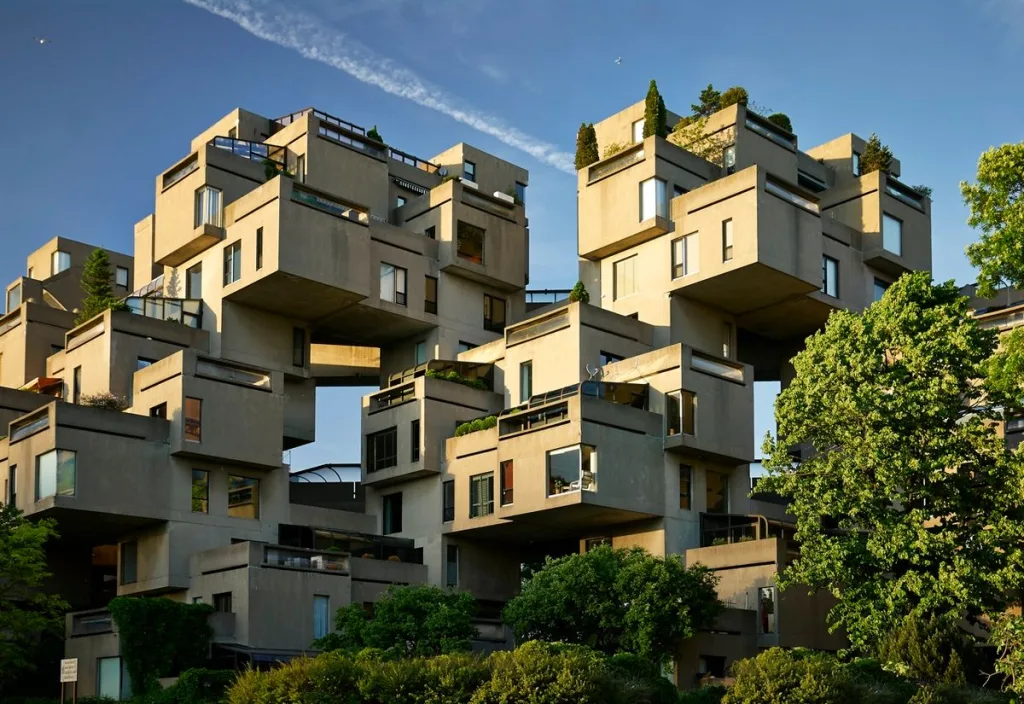
Habitat 67 1967 Moshe Safdie
And yet, we forget this every cycle. We praise the form and ignore the wound it seeks to heal.
Design is what it offers, yes. But it is also what it takes.
We treat styles as trends. But they weren’t trends. They were reactions. Architecture spoke where words failed.
We did not invent belts or concrete for beauty. We needed them to reach, shelter and support ourselves.
We built quickly after the war.
In times of peace, however, we softened.
Every wall, every window, every choice contains a forgotten context. Architecture begins with need and ends when we forget why we started.

You can move to the forest to find peace, but in return you will leave behind the pulse of the city.
You can choose a smaller home to reduce costs, but in return you will be giving up space that you could use for dancing, entertaining, and storing your memories.
Good design does not deny the existence of such compromises.
Accepts them.
He says: You cannot have everything, but you can have the most important things.

Sheats-Goldstein Residence Los Angeles, California, USA
What if the role of design is not to fix the world, but to ask what needs to be different right now?
And if architecture is to be reborn, it will not come from better renderings. It will come from an honest absence.
It will come from realizing that something once lived in the cold corners of our lives.
A window that should be there.
A door that should remain closed.
A bench that was once always full.
The new architecture starts here. Not by searching for more, but by boldly removing what no longer serves us.




